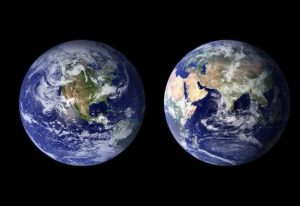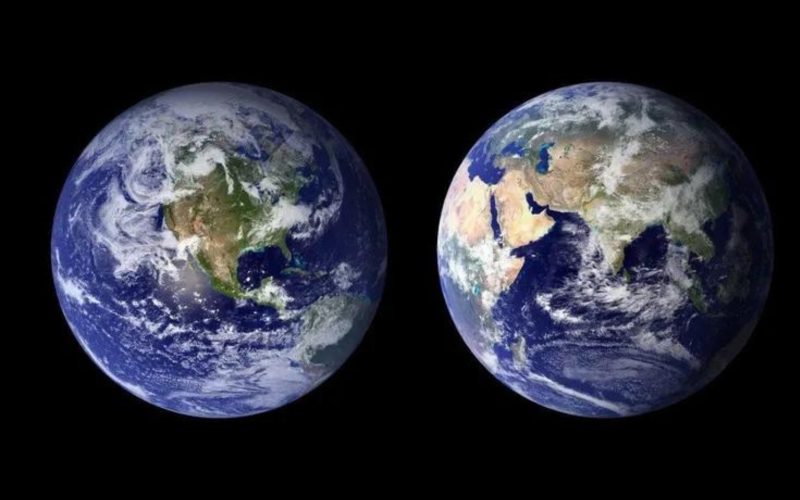Introducing the Double Earth Theory
For many decades, scientists and astronomers have been captivated by the concept of a second Earth, which is frequently known as the ‘double Earth theory.’ This engaging concept implies that somewhere in the immense universe, there may exist a planet similar to ours. Such a planet could possess comparable conditions to sustain life as we know it. Exploring a second Earth sparks our curiosity and fuels our imagination.
Seeking the Stars: The Mission to Find Another Planet like Earth
Researchers have been scanning the sky nonstop to find planets that are orbiting stars in other solar systems. These discoveries have exponentially expanded our understanding of the universe and opened up possibilities for finding a second Earth. Using super-powered telescopes and space missions created specifically for finding exoplanets, scientists have spotted thousands of them. A handful are located in what’s known as the habitable zone near their parent stars. This special area has the right conditions for having liquid water and possibly housing living creatures.

Scientific Theories and Exoplanet Discoveries
The hunt for a second Earth is driven by scientific theories that teach us about how planets form and if they can be suitable for living. The fundamental principles of these theories consist of requiring a star similar to our Sun, having a stable planetary orbit, and the potential for an atmosphere capable of supporting life. By looking at exoplanets closely, scientists have discovered that these planets can be composed differently from one another and also vary in size and how they move around their own star. Every new finding teaches us more about the potential for finding a planet that resembles Earth.
Kepler-452b and TRAPPIST-1e are two exoplanets that have caught people’s attention because they could be similar to Earth. These findings offer glimpses into the possibility of habitable environments and inspire further exploration and investigation.
The Effects and Meaning: Revealing a Twin Planet
Finding a second Earth could teach us a lot about the universe and where we belong in it. If we discovered another planet with livable conditions, it would suggest that Earth-like planets are not uncommon and our chances of encountering alien life forms could go up. The existence of alien life forms would raise significant scientific and philosophical inquiries regarding the genesis of life and the likelihood of interstellar communities.
Additionally, the identification of a twin planet would require us to reconsider our strategies for space exploration and colonization. It has the potential to offer guidance for future space journeys and support our ambition of expanding human presence beyond Earth. The study and exploration of a second Earth would deepen our knowledge of planetary systems and enhance our understanding of the delicate balance required for habitability.
In closing, the double Earth theory presents a captivating field for scientific study. Exploring space and studying exoplanets is something that scientists are always working on. Trying to discover a planet comparable to Earth sparks our imagination, broadens our knowledge, and motivates us to wonder about the countless opportunities for life in the universe.












